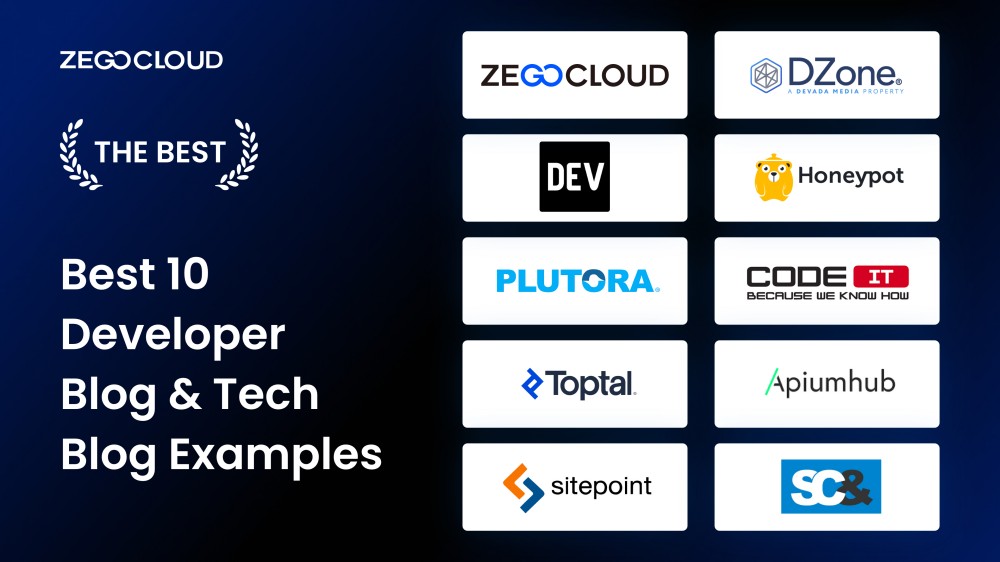Boost Your Expertise with the Best tech blog Including Industry Professionals
Boost Your Expertise with the Best tech blog Including Industry Professionals
Blog Article
Recognizing the Increase of Side Computing in Today's Digital World
In the quickly developing landscape of innovation, edge computing becomes a pivotal pressure, improving exactly how data is processed and utilized. This standard change is driven by the expansion of IoT gadgets and an intensifying demand for instant data handling. By transitioning information administration closer to the source, edge computer addresses essential latency concerns while maximizing transmission capacity usage and improving security measures. As sectors pivot towards smarter, a lot more reliable systems, comprehending the subtleties and implications of this technical development comes to be essential. What does this mean for future innovations and the electronic community as a whole?
What Is Edge Computer
Edge computer, although a reasonably recent innovation in the realm of modern technology, fundamentally transforms just how data is refined and managed by bringing computation and information storage closer to the place where it is required. Unlike conventional cloud computer models, which commonly count on centralized information centers that can be geographically remote, edge computer decentralizes information handling. This proximity minimizes latency, boosts real-time information processing, and improves the general individual experience by ensuring much faster reaction times.
At its core, side computer entails a network of local gadgets and framework, such as routers, sensing units, and portals, capable of processing data at or near the source. This localized processing ability is especially essential for applications needing instant data analysis, such as self-governing automobiles, commercial automation, and clever cities. In addition, by unloading information handling jobs from central web servers, side computer lowers transmission capacity requirements and improves data privacy and protection, as sensitive information can stay on-site rather than going across extensive networks.

Secret Drivers of Fostering
A number of variables are pushing the fostering of side computer in today's electronic landscape. Side computing addresses this requirement by making it possible for information handling closer to the information resource, lowering latency and enhancing real-time decision-making capabilities.
Another considerable chauffeur is the demand for enhanced data transfer effectiveness. Central cloud systems can come to be overloaded with the large quantity of information created by IoT devices, resulting in bottlenecks (Best tech blog). By processing data at the edge, organizations can ease network blockage and boost total system efficiency
In addition, safety and security and privacy issues are pushing organizations towards side computer. By refining delicate information in your area, companies can reduce threats related to data transmission and exposure to possible cyber hazards.
The increase of applications needing real-time processing, such as autonomous lorries and increased truth, likewise necessitates the quick response times that border computing provides. Collectively, these vehicle drivers are making side calculating an essential component of modern-day IT facilities, paving the means for its prevalent adoption throughout different industries.
Benefits Over Cloud Computing
How does side computing identify itself from conventional cloud computer? try these out Mostly, edge computer brings information handling closer to the source of information generation, typically on nearby web servers or local gadgets, as opposed to depending on centralized data facilities. This closeness substantially reduces latency, allowing real-time data processing and decision-making. For sectors where milliseconds issue, such as self-governing lorries or commercial automation, the minimized latency supplied by edge computing can be essential.
In addition, side computer boosts bandwidth efficiency (Best more helpful hints tech blog). By processing data locally, only the required data is transferred to the cloud for additional evaluation or storage space, lowering the quantity of information that goes across the network. This not only eases network congestion however likewise reduces information transmission expenses
Edge computing also offers better information personal privacy and protection. Delicate data can be processed in your area without being sent out to the cloud, reducing the direct exposure to possible cyber risks. This is especially valuable for markets taking care of secret information, such as medical care and monetary solutions.
Moreover, edge computer guarantees greater durability and reliability. Neighborhood processing enables proceeded operation also when connection to the cloud is compromised, keeping vital functions and solutions in spite of possible network interruptions. These advantages jointly demonstrate edge computer's transformative capacity in optimizing efficiency and safety in digital environments.
Obstacles and Considerations
While edge computing offers various benefits, it likewise presents unique obstacles and factors to consider that should be addressed to totally recognize its potential. One substantial challenge is information safety and personal privacy. Processing information closer to the resource increases the danger of unapproved accessibility, requiring durable security and strict safety and security procedures to secure delicate information. Additionally, handling and keeping an eye on a decentralized network of side gadgets can be complicated, calling for innovative devices and strategies to guarantee smooth procedure and upkeep.
One more consideration is the scalability of edge computer remedies. As the variety of linked gadgets grows, so does the demand for processing power at the edge, which can bring about source restraints. Organizations needs to meticulously intend their facilities to fit this growth without compromising performance or performance.
Interoperability is an additional crucial factor. With various equipment and software program parts included, making sure compatibility and smooth combination can be challenging. Standardization initiatives are vital to assist in interaction between disparate systems.
Future Trends in Edge Computer
Anticipating the future, side computing is positioned to revolutionize different sectors by allowing much faster data processing and minimizing latency. As the quantity of data produced by IoT tools continues to expand, edge computing will certainly become significantly vital in managing this influx successfully.
Another emerging trend is the development of edge-native applications created especially to leverage the distinct abilities of side computer. These applications will certainly optimize performance and resource usage, causing boosted performance throughout various sectors. Developments in 5G technology will even more reinforce edge computing by offering the required infrastructure for high-speed, low-latency communication between devices and side nodes.
Verdict
Side computer's increase is driven by the expansion of IoT gadgets and the need for real-time data processing, which improves effectiveness by minimizing latency and decentralizing information administration. This method reduces data transfer inefficiencies and safety problems, helping with improvements go to website in applications like clever cities and self-governing cars. Despite difficulties such as framework intricacy and integration, the future of edge computer guarantees a more receptive digital community, with proceeded advancements shaping its advancement and increasing its applicability across industries.
Side computing, although a fairly recent improvement in the realm of modern technology, essentially changes how data is refined and handled by bringing calculation and data storage space closer to the location where it is required. Unlike traditional cloud computer models, which usually count on centralized data facilities that can be geographically distant, side computer decentralizes data handling. In addition, by offloading data handling tasks from main servers, edge computer reduces transmission capacity demands and boosts information privacy and protection, as delicate information can remain on-site rather than going across substantial networks.

Report this page